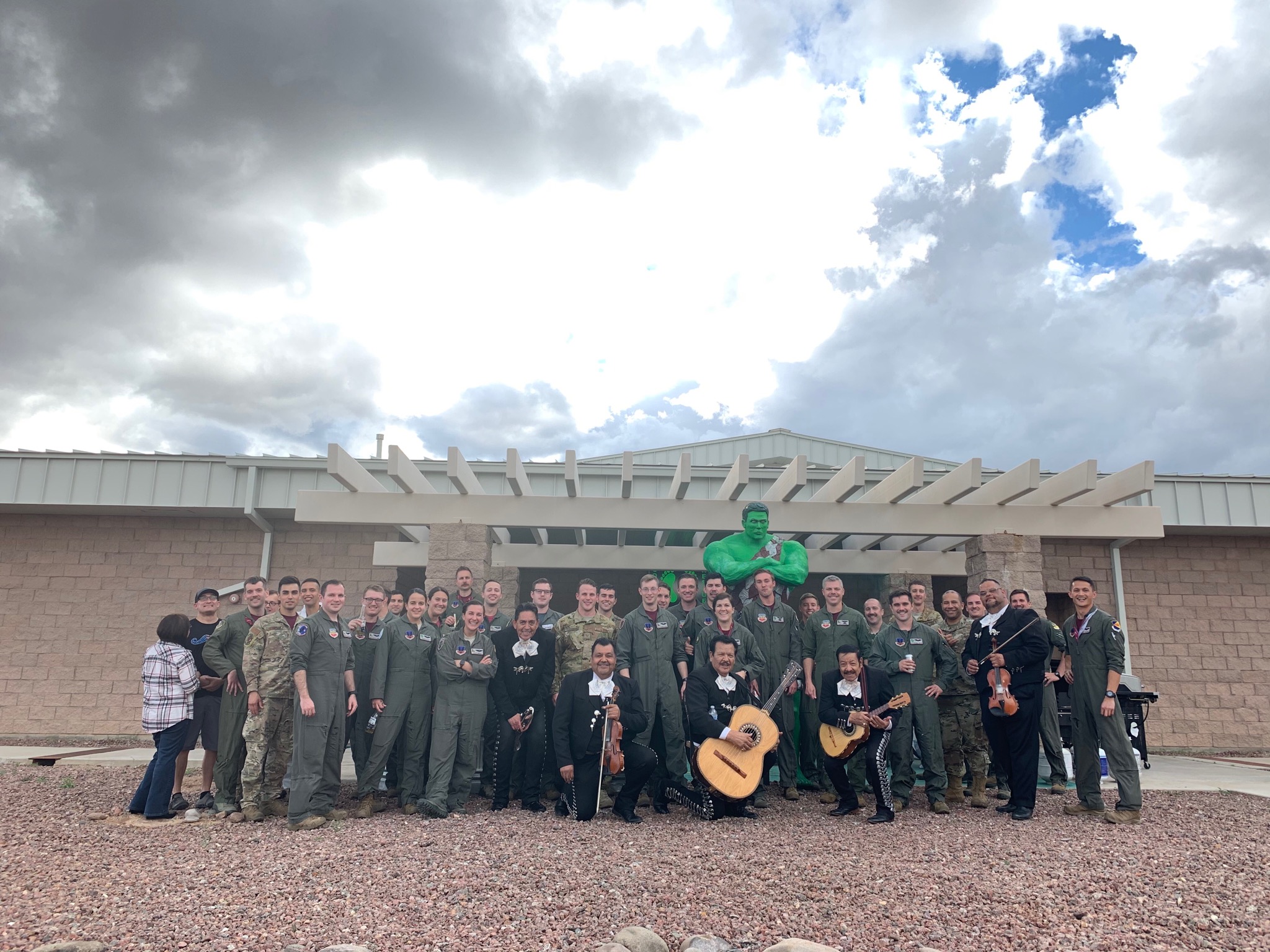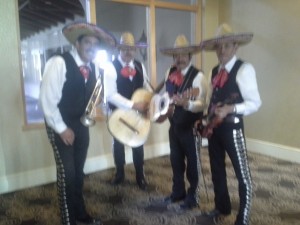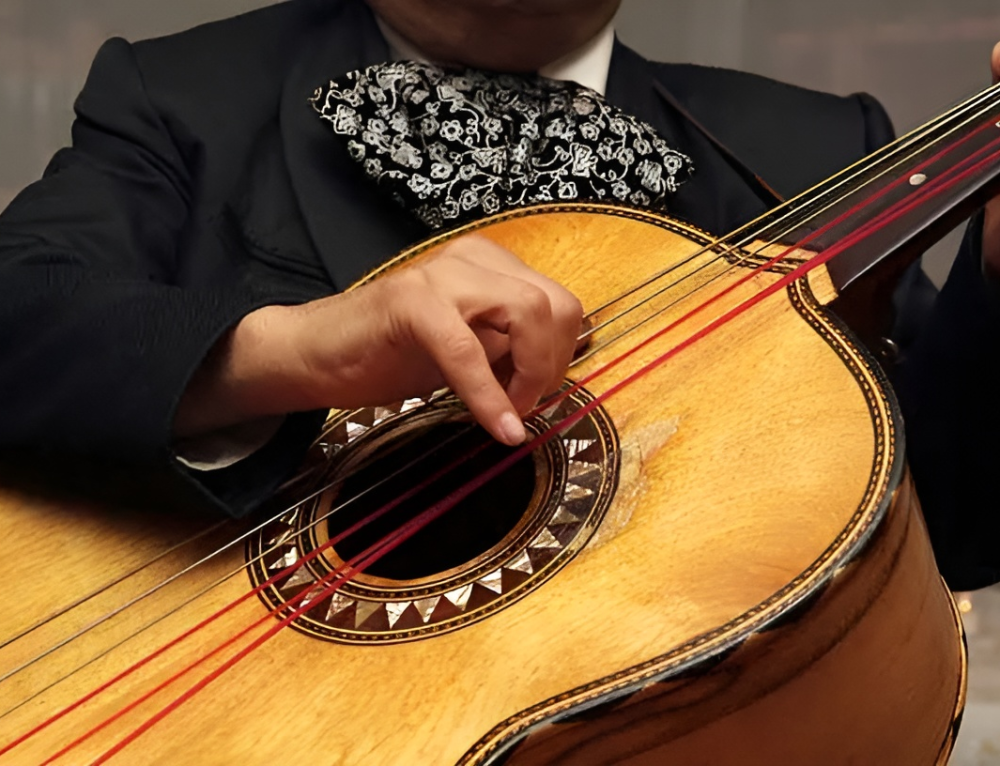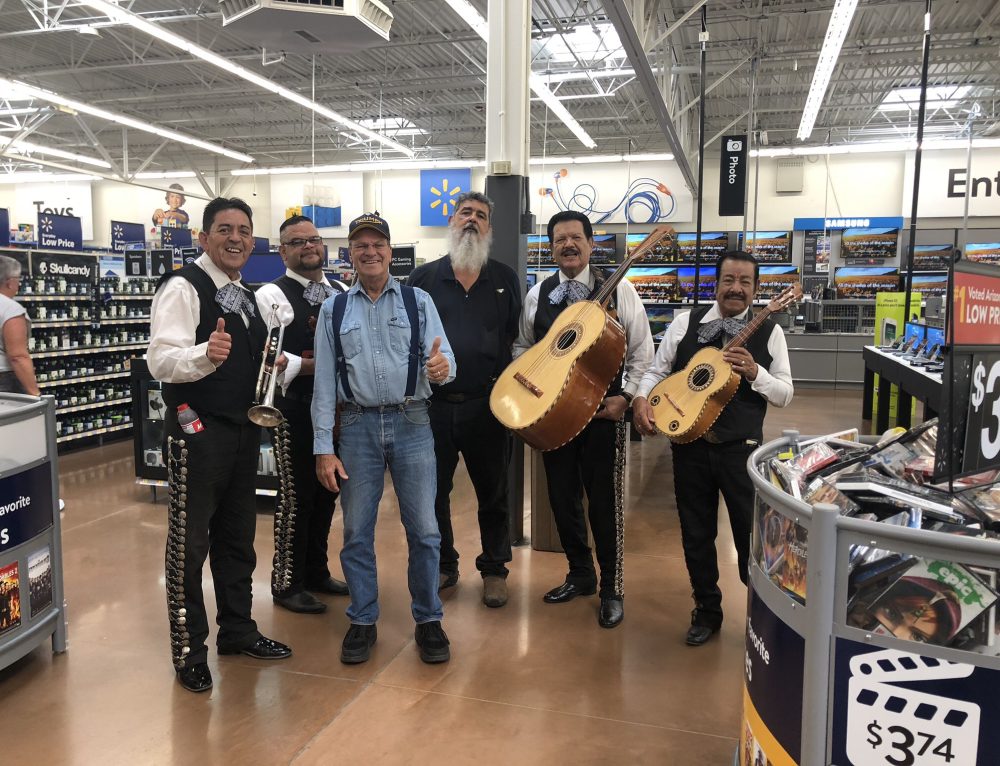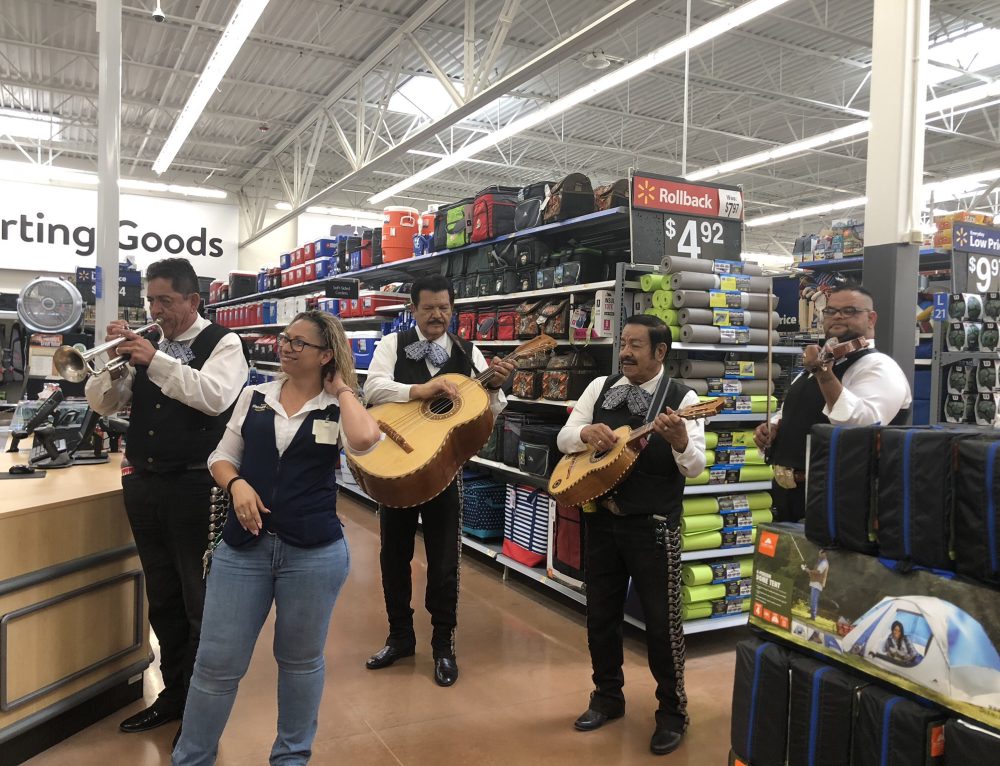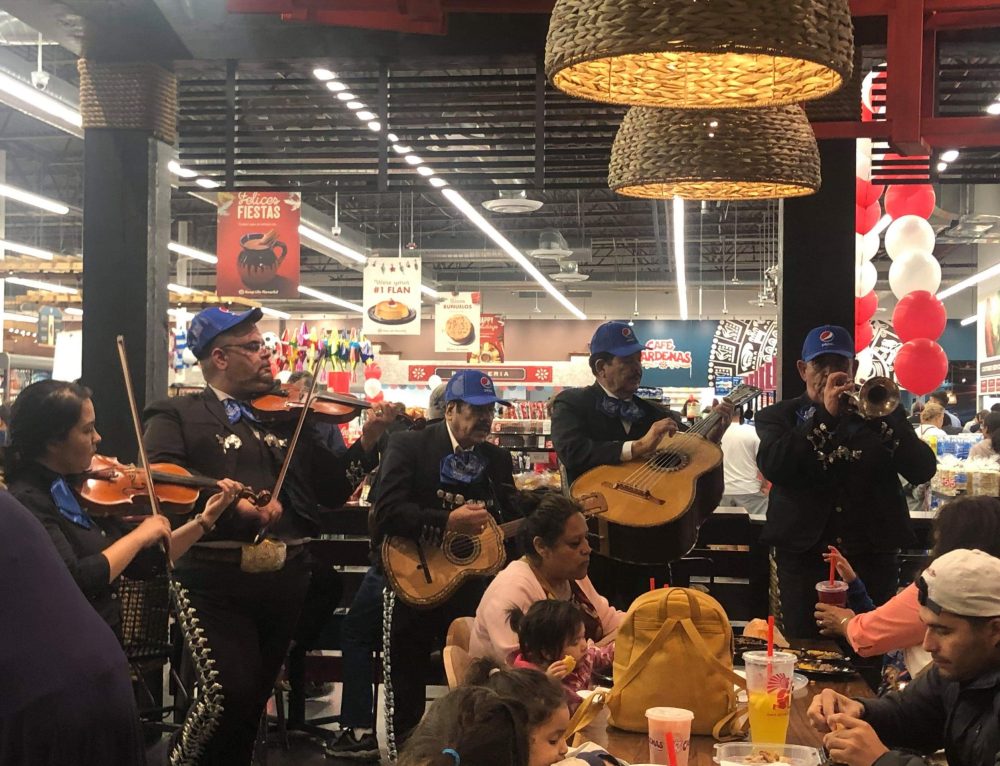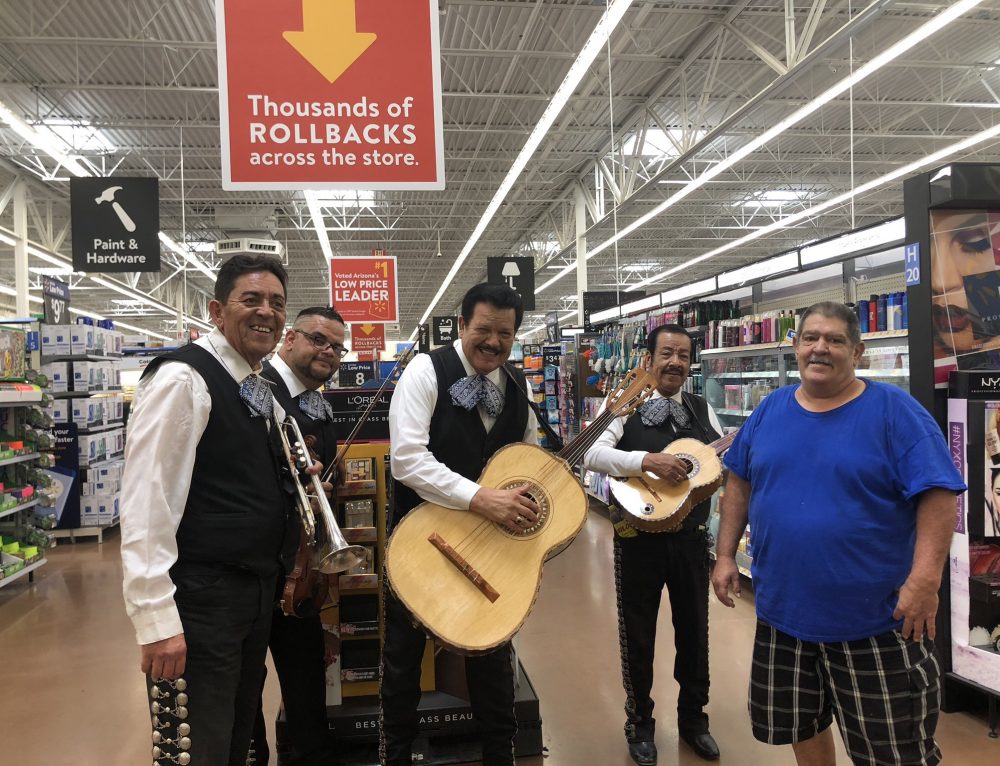Have you ever been curious about Mariachi music and will like to know how it started and grew to its fame today? We’ll trace the roots for you in this article and tell you the true story about mariachi history.
A brief journey into Mariachi History
The Christian influence upon Mexico changed the music traditions. Cortes and the Christians brought stringed instruments, horns, and woodwinds. With this influence, the mestizo musicians began using the new instruments as well as making their own, leading to theatrical Spanish orchestra between the 16th and 18th centuries which consisted of 2 violins, a harp, and guitars.
Many people argue that the word mariachi derives from the French word for marriage. This theory states that the Mexican emperor Maximillian brought with him the French language. Because Mariachi bands often play at weddings, many feel this is an accurate word history.
However, linguists have found evidence of the word mariachi being in use well before the French invasions. It is more likely the origin is the name of the type of wood used to make the dance platforms used when the bands perform.
Mariachi Music today
Mariachi, as it is known today, goes back to the 18th century. Similar styles of groups formed in Huasteca and Veracruz, but it is thought that the Mariachi began in Jalisco. In Cocula (a town in Jalisco), the instruments were the vihuela, violins, and a guitar.
Mariachi music, or “sones,” are mixes of traditional Spanish, Mexican, and African music.
Style (Location) Son
Son Jalisciense(Jalisco) La Negra
Son jarocho/veracruzano(Gulf of Veracruz) La Bamba
Son huasteco/huapango (Northeast Mexico) La Malagueñ a
Note: El Gusto and some other sones are found throughout different regions, suggesting a common ancestor, much like with language.

Mariachi history
The Mariachi culture has created many unusual instruments with Christian influences. Below are some examples of instruments they used alongside the familiar guitars, harps, and trumpets.
All the instruments together provide a wide variety of sounds with high and low tones and changes in rhythm.
- Vihuela – very similar to a lute and guitar and used for rhythm.
- Guitarró – a bass guitar of sorts.
- Mexican folk harp – used for additional bass lines along with being utilized for the melody.
Mariachi music and its cultural dances
Mariachi is meant to be danced to! You can hardly stand still while listening to this fantastic music.
There are two main styles of mariachi dancing you are probably familiar with.
Zapateado resembles the Irish Riverdance style, with driving heels of boots into the platform at high speeds to the rhythm of the music. This, unfortunately, will destroy the platforms due to the high impact and forceful pounding. The style called huapango will remind you of a line dance mixed with Riverdance.
Much like a line dance, partners line up in rows. But like Riverdance, the only part of their bodies that move is below the waist. The dancers’ torsos are so still and balanced that items are often placed on their heads while they dance to show the muscle control and balance this takes.
The jarabe style of dance and music is a combination of different music and performance. From this style, we get the best-known dance related to mariachi – The Mexican Hat Dance! Based in Guadalajara, it is now considered the official dance of Mexico. Overall, the sones depict the farming cultural life of Mexico and therefore the dance moves and music tell those stories.
The History of Mariachi Group Clothing
Since the 1930’s, the Mariachi outfits consisted of a short-cut jacket and wool boot-cut pants to allow the wearer to don riding boots. Often the outfit is black with white or gold trim but can be seen with red coats or pants as well as other various colors. This ensemble is called a traje de charro. Previous outfits were called calzones de manta and huaraches.
These outfits were white cotton pants and shirts with leather sandals. This was meant to resemble and represent the clothing the lowest class in Jalisco wore.
- Traje: The custom-tailored suit worn by Mariachi members.
- Plata: This is the silver or gold plated adornments throughout the coat and the pants or skirt of the outfit.
- Greca: Greca is another style of adornment. It entails fancy stitching.
The colors of traje de charro outfits today vary, but Mariachi Allegra ensures the authenticity of the outfits by having them custom made in Mexico.
Mariachi was not always as popular as it is today
Due to this style being the music of the country people, they were not considered professional until the 1930s and the slight variances in styles stayed in their respective regions. Before the 1930s a Mariachi was asked to play a presidential inauguration in Mexico City and after that, the Mariachi was considered significantly more professional.
The Mariachi Vargas became one of the most famous and trailblazing Mariachi. Thanks to Silvestre Vargas (the successor of his father) beginning in 1928. He began a type of standardization of Mariachi. He made sure all the performers could read sheet music and composed many sones.
Due to this standardization and increased professionalism, Mariachi Vargas began performing for radio and film with added instruments and a set of general guidelines to follow. Mariachi Vargas helped bring Mariachi to the spotlight.
Mariachi in today’s events
Today and in the earlier days, Mariachi plays on various occasions. For instances of courtship, Mariachi will play serenatas (translation: Serenade) in situations where a young male seeks the affection of a young female but they are not allowed to see one another.
In this circumstance, the male will hire Mariachi to send a message of love to his sweetheart. On days of celebrations multiple Mariachis will be placed throughout the streets, often below windows of citizens, the celebration involves, to play music.
In the Mexican tradition, Mariachi is heavily involved in the Roman Catholic Church Mass service. A Mariachi folk mass (Misa Panamericana) is sung in Spanish and uses traditional Mariachi instruments to interpret the service. This idea began in 1966 by the Canadian priest Father Juan Marco Leclerc and it took off and is now very common throughout the US and Mexico.
Other events Mariachi plays at include: baptisms, weddings, quinceaneras, funerals, and patriotic holidays.
Call Mariachi Allegra de Tucson today to schedule a wonderful Mariachi for your celebratory needs! Summer is the perfect time to get this historic and beautiful sounding group to play for your parties and celebrations! No event is too big or too small for us to make it memorable!
